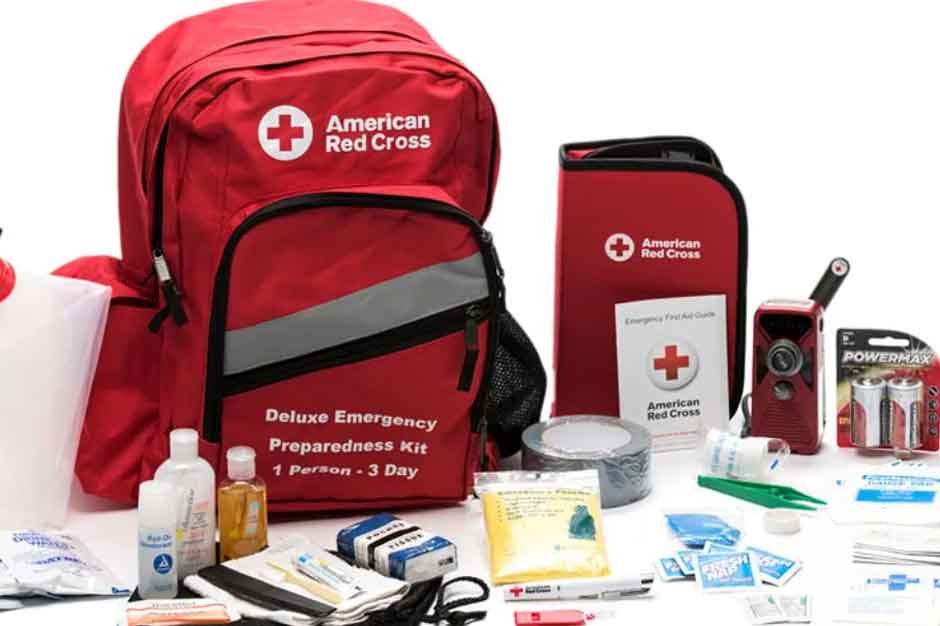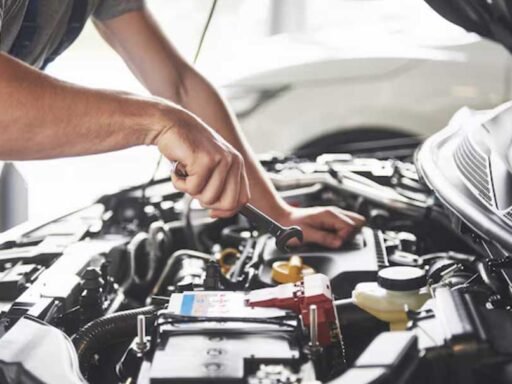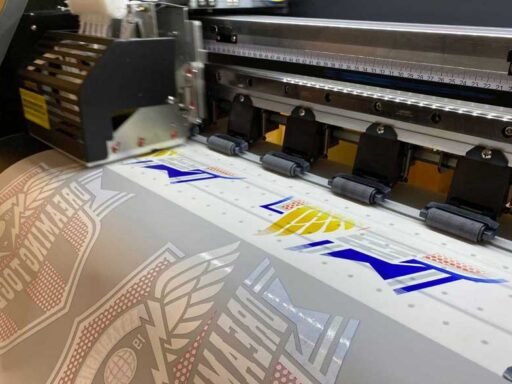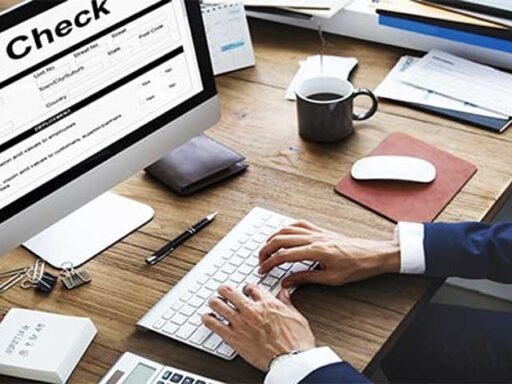In an emergency, having a well-prepared emergency kit can be the difference between life and death. Natural disasters, power outages, or unexpected crises can strike without warning, and a properly stocked emergency kit ensures that you and your loved ones are ready to handle these situations. This article will guide you through the essential items for an emergency kit and how to use them effectively.
Why You Need an Emergency Kit
Emergencies can disrupt normal living conditions, often cutting off access to essential services like electricity, water, and healthcare. An emergency kit provides the basic supplies you need to survive until help arrives or services are restored. It also offers peace of mind, knowing that you’re prepared for the unexpected.
Essential Items for Your Emergency Kit
Water is the most crucial element in your emergency kit. Make sure you have at least one gallon of water per person per day for at least three days. This water will be used for drinking, cooking, and hygiene. Consider water purification tablets or a portable filter to extend your supply.
Food is the next vital component. Stock a three-day supply of non-perishable survival food items such as canned goods, dry mixes, energy bars, and dehydrated foods. Make sure you have a manual can opener and some utensils. Rotate your stock regularly to keep it fresh and in date.
A first aid kit is essential for treating injuries. Your kit should include bandages, antiseptic wipes, gauze pads, adhesive tape, scissors, tweezers, pain relievers, and any necessary prescription medications. Learn basic first aid skills to treat minor injuries and know how to use all items in your kit.
Tools and supplies are necessary for various tasks during an emergency. A multi-tool is versatile for tasks like cutting, screwing, and opening cans. A flashlight, preferably hand-crank or with extra batteries, is essential for visibility. A battery-powered or hand-crank radio, preferably with NOAA weather band, will keep you informed. Don’t forget spare batteries for all battery-operated items. A whistle is useful for signaling for help, a roll of duct tape for repairs and sealing, and some plastic sheeting and zip ties to create a makeshift shelter or cover broken windows.
Personal hygiene items are crucial to maintain cleanliness. Pack sanitizers and wipes for cleaning hands and surfaces, feminine hygiene products if applicable, a toothbrush and toothpaste for dental care, and soap and towels for general cleanliness.
Clothing and bedding should include sturdy shoes, warm clothes, rain gear, and hats. Blankets or sleeping bags should be warm and insulated for different weather conditions.
Important documents need to be copied and stored in a waterproof, portable container. These documents should include identification, insurance policies, bank account records, and emergency contact information.
Cash is vital since ATMs and credit card systems may be down during emergencies. Keep small bills and coins for payphones or vending machines.
Miscellaneous supplies should include local maps for navigation if GPS is unavailable, books, games, or puzzles to keep morale up during long waits, and baby supplies if applicable, such as diapers, formula, and baby food.
How to Use Your Emergency Kit
Regular maintenance is crucial for the effectiveness of your emergency kit. Check expiration dates and rotate food, water, and medications regularly. Test equipment to ensure flashlights, radios, and other tools are in working order. Update the contents of your kit to adjust for changing family needs, such as new medications or additional family members.
Practice makes perfect, so conduct regular emergency drills with your family to familiarize everyone with the kit’s location and contents. Teach family members how to use each item in the kit effectively.
Stay informed by using your radio to stay updated on emergency alerts and weather conditions. Find out about local evacuation routes and shelter locations.
Conservation of supplies is essential. Use resources wisely to ensure they last throughout the emergency. Use multi-purpose items like duct tape and multi-tools for various needs to save space and resources.
Final Thoughts
An essential emergency kit is a cornerstone of personal and family safety. By preparing and maintaining a well-stocked kit, you’re ensuring that you have the necessary tools and resources to face any emergency. Remember, preparation isn’t just about collecting supplies, but also about knowing how to use them effectively. Equip yourself with knowledge, stay informed, and practice regularly to master emergency preparedness.






